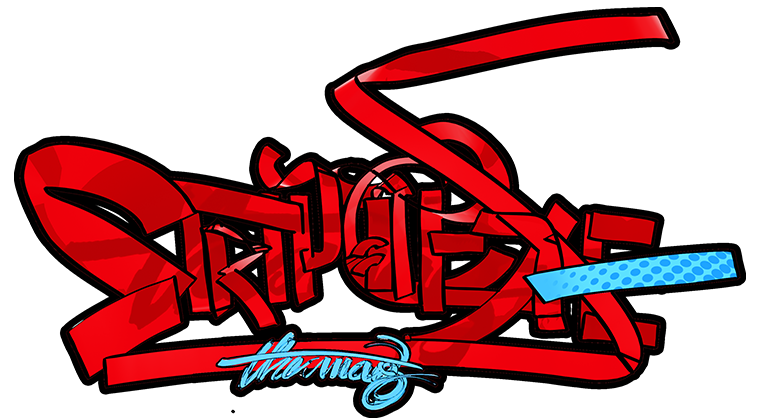Amar Chitra Katha: Not Quite the Comics
Since its inception in 1967, Amar Chitra Katha has been an integral part of the formative years of children growing up across the country. The stories became an engaging way for parents to introduce their young ones to the country’s rich traditional of tales and mythology. The anthologies quickly developed a national readership and a cult following producing over 400 titles in 20 languages and selling more than 90 million copies worldwide.
With time ACK went into a state of dormancy with children preferring Western stories, television and the Internet to reading traditional tales. In a bid to regain its earlier popularity, the brand has recently undergone a massive makeover, introducing new (and not just mythological) stories and embracing new media and technology. At the same time, immense critical attention has also been focused on the brand and many scholars have engaged with the ideological tensions implicit in the stories.
However that isn’t the focus of this article. What concerns us is the way in which ACK is often held up as India’s answer to Western comics. Try as we might, we find it hard to ignore the many features of ACK that makes it radically different from comics.
Fantasy is a foundational element for comics – from superheroes and mutants to talking cats and stuffed toys that come alive, comics have always celebrated the fantastic. The manner in which fantasy in employed in Western comics and the mythological stories of ACK is differs vastly. It is a point open to argument, but superheroes and gods aren’t quite the same in comics. Try as we might, we find it hard to ignore the many features of ACK that makes it radically different from comics.
Anant Pai initiated Amar Chitra Katha to acquaint Indian children with the country’s rich mythology. With time, the anthologies have come to include tales of contemporary role models such as MS Subbulakshmi and Srinivasa Ramanujan. However, the spirit of Uncle Pai looms over the storytelling strategies of ACK, an image difficult, if not entirely impossible, to shake off. All comics have a message to give, but reading a Batman or Superman comic doesn’t evoke the image of a grand uncle narrating stories to wide-eyed kids and finishing with an enlightening morals every time.
These dissimilarities in narrative structure and intentionality also affect target audiences. Reading about ACK online, I found that many who read the books as children subsequently found the stories and narratives deeply flawed. But what was more interesting and perhaps relevant here is the fact that defenders of the anthologies asserted that the stories be exempted from criticism because they are “meant for kids”. Fans of Western comics do not simply thrive on memories – they remain active readers for life. The reasons perhaps lie in the nature of the stories and their evolving narrative and illustrative techniques.
Rather than put it against Western comics, it might be far more appropriate to simply include Amar Chitra Katha in the more generous category of graphic narratives. There is certainly merit to the strategy – graphic narratives provide a picture to words and can make for compelling stories for children. There are many other Indian creations that can be more suitable counterparts to Western comics.

